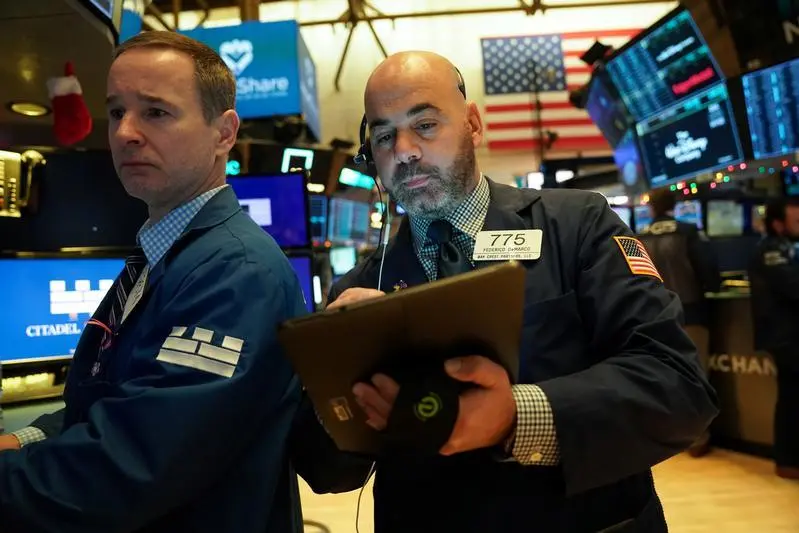PHOTO
NEW YORK (Reuters Breakingviews) - A direct listing is “just an IPO without the O,” says Barry McCarthy, finance chief of music-streaming outfit Spotify Technology. McCarthy’s company, worth $26 billion in early December, used the non-standard method to go public in 2018, and $12 billion workplace-messaging service Slack Technologies followed in 2019. Investors can expect more. Direct listings could start borrowing features from initial public offerings, and the whole notion may jump across the Atlantic.
McCarthy suggested in a panel discussion hosted by investment bank Goldman Sachs in October that the traditional way of going public was “chronically broken” – a sentiment shared by venture capitalists like Benchmark Capital’s Bill Gurley. Critics resent the underwriting fees paid to banks for IPOs and often chunky first-day stock-price gains, which suggest under-pricing.
These and other considerations – like enabling all investors and employees to sell shares on day one – led Spotify and Slack to simply list their shares on an exchange on a given day, letting buyers and sellers set the price.
It has appeal for plenty of companies. Online vacation-home giant Airbnb plans to go public in 2020. It may decide on a direct listing, and others are likely to follow. But it’s not for everyone. One big limitation is that direct listings don’t raise new money, a problem for companies that need investment dollars.
The likes of Goldman and law firm Latham & Watkins, involved in both recent cases, are working on these drawbacks. Though initially rejected by the Securities and Exchange Commission, the New York Stock Exchange in November started the discussion by proposing direct listings be allowed to include new shares, as in an IPO. The new stock would be included in the first public trade of shares at whatever price met with sufficient demand, rather than being underwritten. That means the company wouldn’t know exactly how much it will raise.
Meanwhile, the model could be applied elsewhere. European exchanges have their own listing rules, including a typical guideline that 25% of a public company’s shares should be freely tradeable. That’s much bigger than the free float in some U.S. IPOs, though such rules are not always set in stone.
IPOs won’t disappear, but direct listings are poised to gain greater acceptance and morph into hybrid forms. For exchanges and for companies that want to go public, options beyond the one-size-fits-all IPO can only be helpful.
CONTEXT NEWS
- The New York Stock Exchange said on Nov. 26 it had filed with the U.S. Securities and Exchange Commission to allow companies going public to raise capital through a direct listing, instead of an initial public offering.
- In 2018, music-streaming business Spotify Technology pioneered the direct listing, followed in 2019 by communication platform Slack Technologies. Both had successful market debuts, although their share prices have since struggled.
- In the new direct model proposed by the NYSE, all of the new shares being offered by a company – so-called primary shares – would be sold in the first trade to a variety of buyers. Stock owned by existing investors would change hands throughout the first day of trading.
- NYSE listing rules generally require companies going public to have at least 400 shareholders and at least 1.1 million publicly held shares worth at least $40 million, among other criteria. The London Stock Exchange, as one European example, indicates a free float of at least 25% of a company’s share capital as one of its listing requirements.
(The author is a Reuters Breakingviews columnist. The opinions expressed are his own.)
(Editing by Liam Proud, Amanda Gomez and Leigh Anderson)
© Reuters News 2019












